Monarksommerfuglenes majestætiske migration: En rejse gennem årstiderne
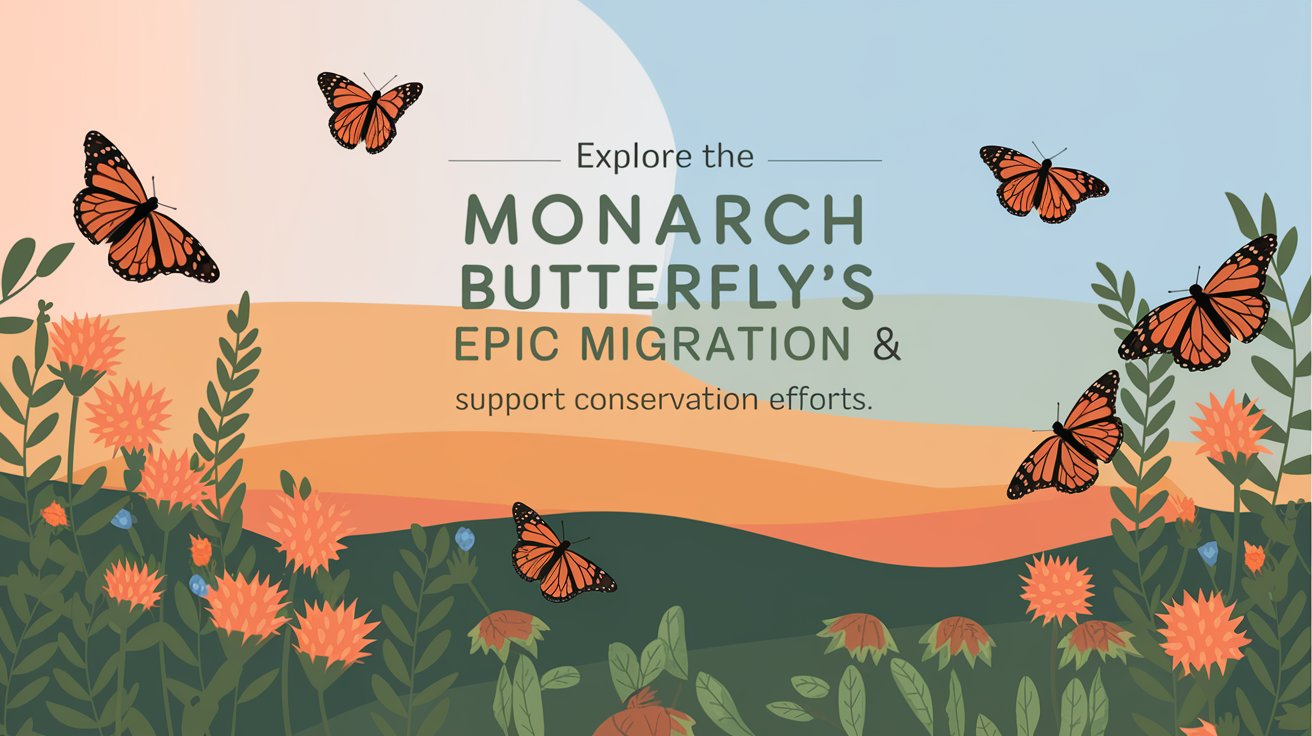
Monarksommerfuglenes majestætiske migration: En rejse gennem årstiderne
Hvert år påbegynder monarksommerfuglen en af de mest utrolige migrationer i dyreriget og rejser tusindvis af kilometer fra Nordamerika til deres overvintringspladser i Mexico. At forstå deres migrationsmønstre, livscyklus og de udfordringer, de står over for, giver indsigt i, hvordan vi kan hjælpe med at beskytte denne skrøbelige art.
Monark Butterfly Migration efter måned

Februar – marts: Rejsen begynder I senvinteren kommer monarker frem fra deres overvintringssteder i det centrale Mexico. Når temperaturerne stiger, begynder de deres rejse mod nord. Disse sommerfugle parrer sig i løbet af denne tid, og hunnerne lægger deres æg på mælkeplanter, når de bevæger sig nordpå.
April – maj: Den første generation Æggene, som de overvintrende monarker har lagt, klækkes, og nye monarker dukker op. Disse sommerfugle gør ikke den fulde migration; i stedet fortsætter de nordpå og lægger æg til næste generation, mens de går. Denne proces gentages, mens monarkerne rejser gennem det sydlige USA ind i Midtvesten og Canada.
Juni – august: Peak Migration I sommermånederne er monarkbefolkningen på sit højeste i USA og Canada. I løbet af denne tid lever monarker af nektar og fortsætter med at reproducere. Sommerens sidste generation, ofte kaldet "supergenerationen", er født i slutningen af august og begyndelsen af september.
September – oktober: Supergenerationen flyver I modsætning til tidligere generationer, som lever i blot et par uger, kan supergenerationen leve i op til otte måneder. Disse monarker yngler ikke med det samme, men begynder deres episke migration sydpå til Mexico. De rejser over 3.000 miles og navigerer ved hjælp af miljømæssige signaler såsom solens vinkel og jordens magnetfelt.
November – januar: Overvintring i Mexico Ved det sene efterår ankommer monarker til oyamelgranskovene i det centrale Mexico, hvor millioner samles i træerne for at holde varmen. I løbet af disse måneder forbliver de i en tilstand af semi-dvale, og sparer på deres energi til rejsen nordpå om foråret.
Monarks livscyklus

Monarker gennemgår fire livsstadier: æg, larve, puppe og sommerfugl. Deres livscyklus begynder, når hunnen lægger æg på milkweed, den eneste fødekilde for monarklarver. Når æggene klækkes, lever larverne sig af mælkemad i cirka to uger, før de danner en puppe. Efter yderligere to uger dukker en voksen sommerfugl op, klar til at fortsætte rejsen.
Monarkbefolkningens tilbagegang
Desværre har monarksommerfuglebestanden oplevet et kraftigt fald i de seneste år. Tab af levesteder på grund af skovrydning, brug af pesticider og forsvinden af mælkeplanter, deres primære fødekilde, har ført til et dramatisk fald i deres antal. Klimaændringer påvirker også deres migrationsmønstre og lægger yderligere pres på disse smukke skabninger.
Sådan kan du hjælpe: Støt Monarch Conservation
At støtte bestræbelser på at bevare monarksommerfugle er afgørende for at sikre, at fremtidige generationer kan være vidne til deres ærefrygtindgydende migration. Ved at købe fra FlutterFlyers.com kan du spille en rolle i denne mission. Vores produkter bringer glæde til andre, mens de støtter Monarch Butterfly Fund , da indtægterne fra hvert salg går til at beskytte disse storslåede skabninger.
Hjælp med at sprede glæde og bidrag til en værdig sag. Sammen kan vi gøre en forskel!
Opfordring til handling:
Lær mere om monarks bevarelsesindsats og donér i dag hos Monarch Butterfly Fund . Spred ordet og del glæden ved monarker ved at besøge FlutterFlyers.com og støtte vores sag med dit køb!












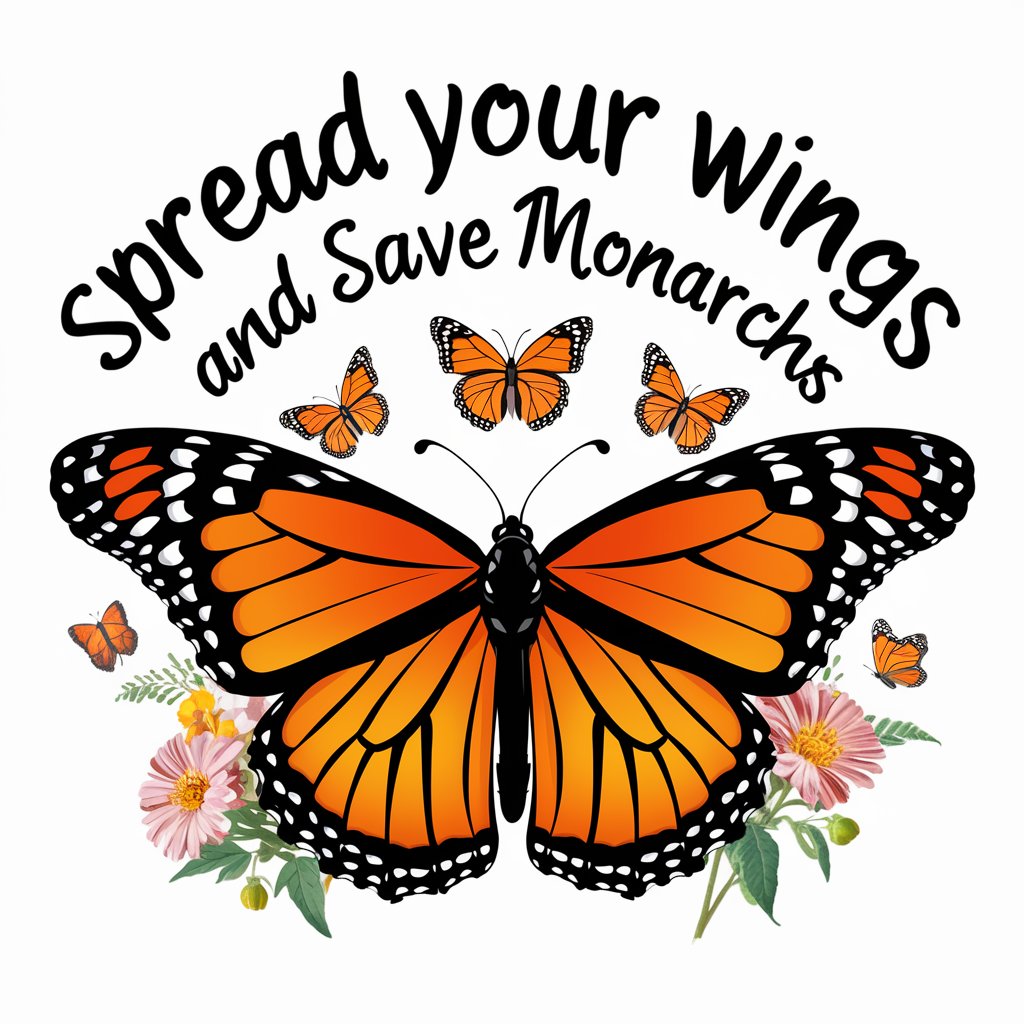
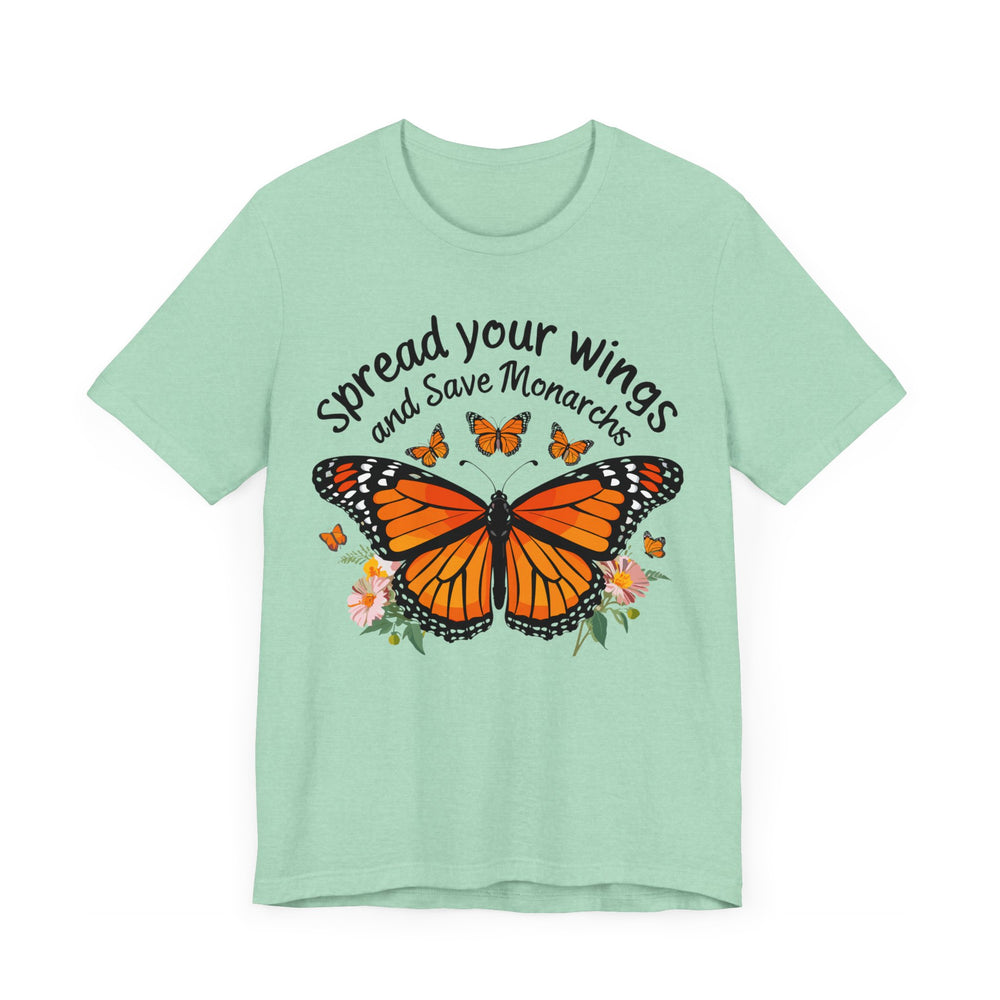
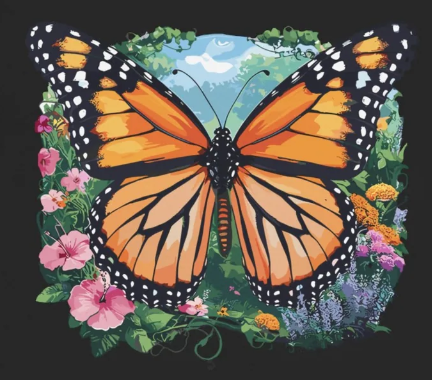
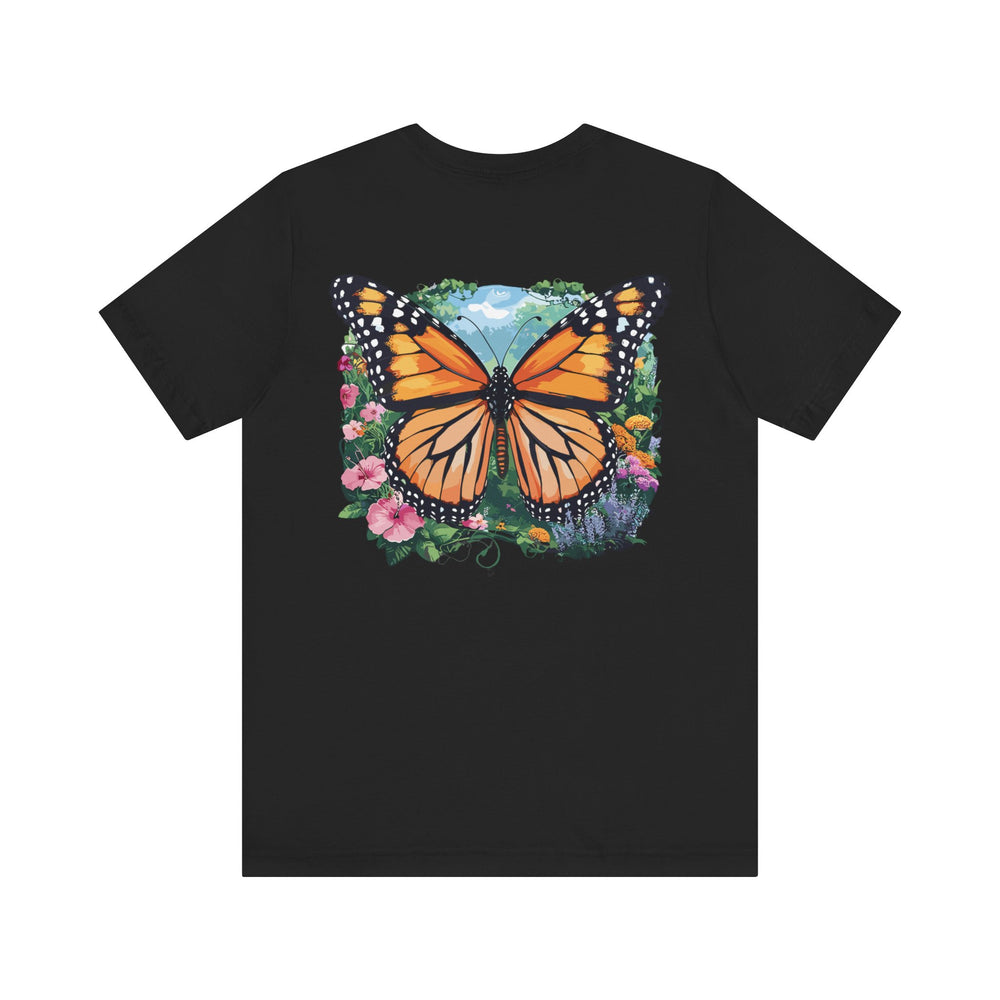






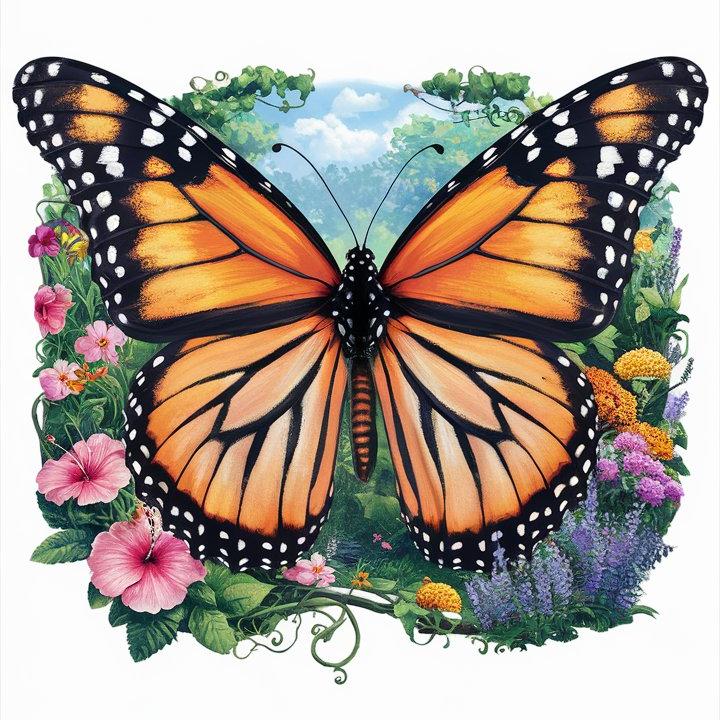
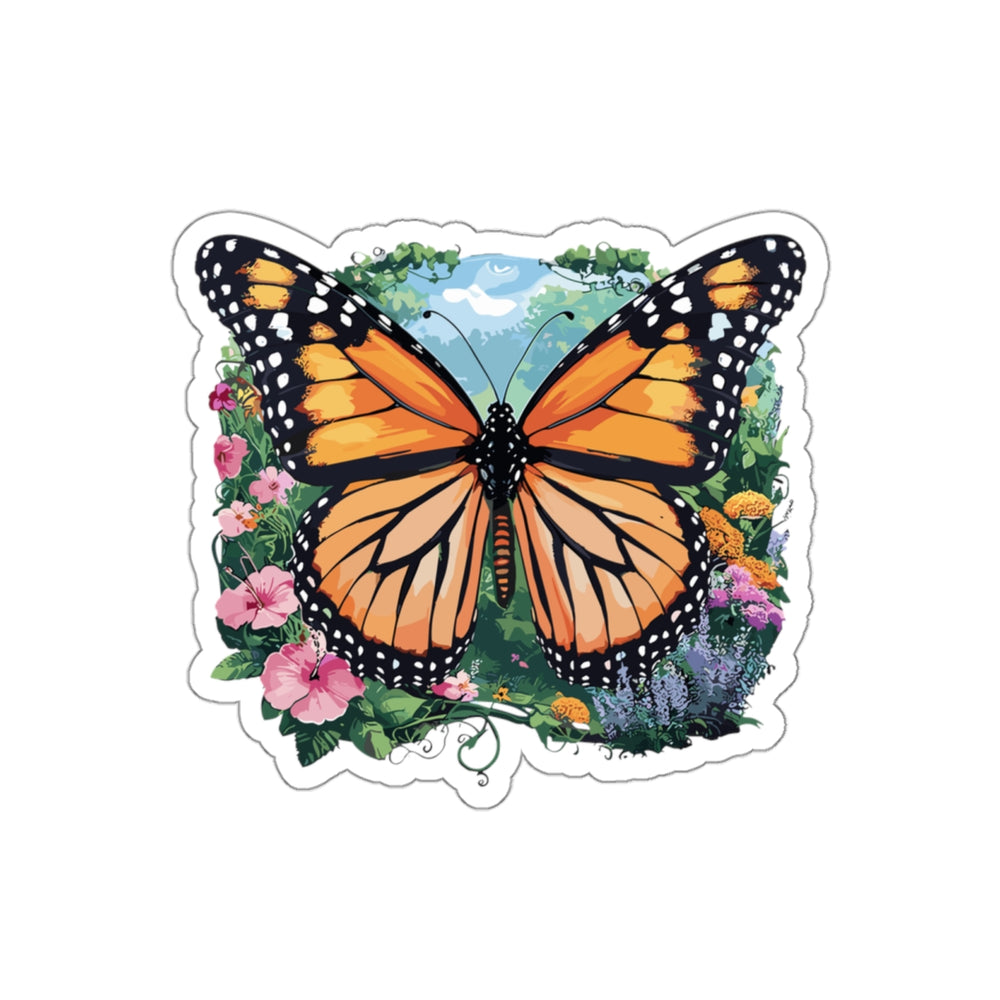

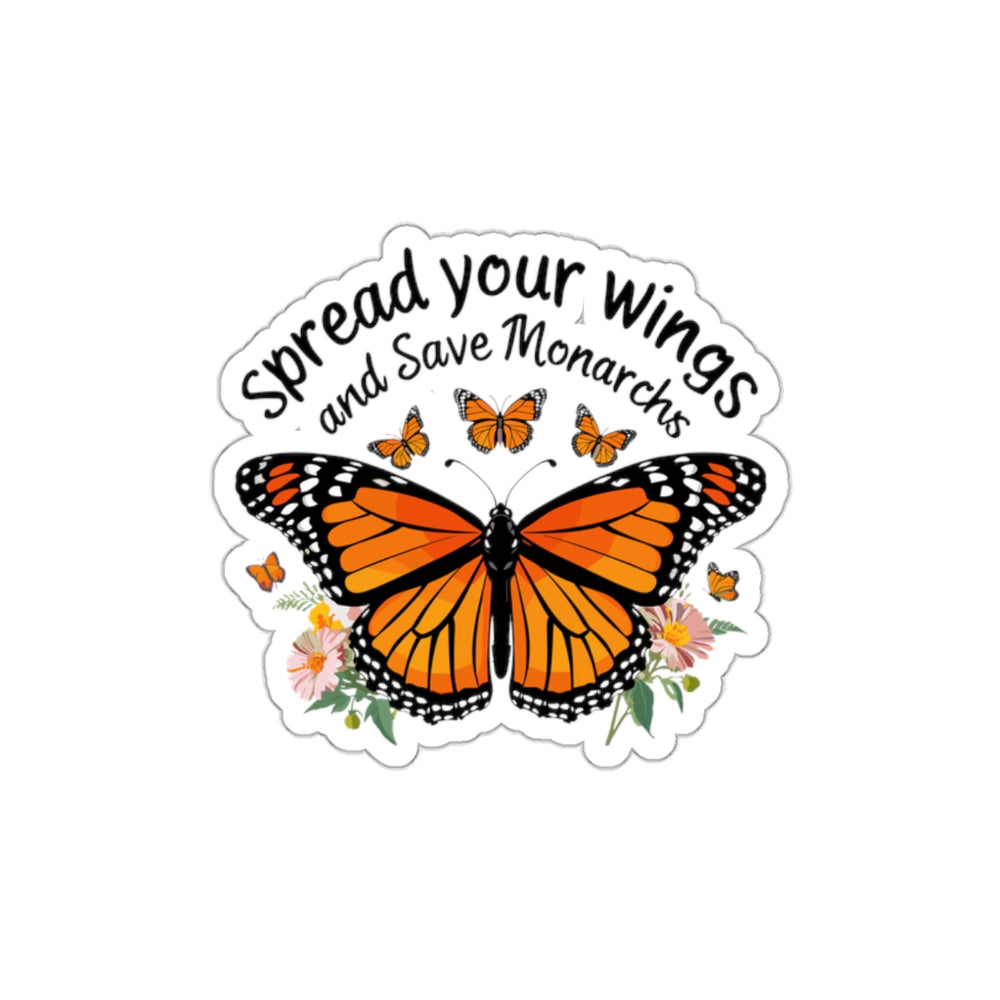

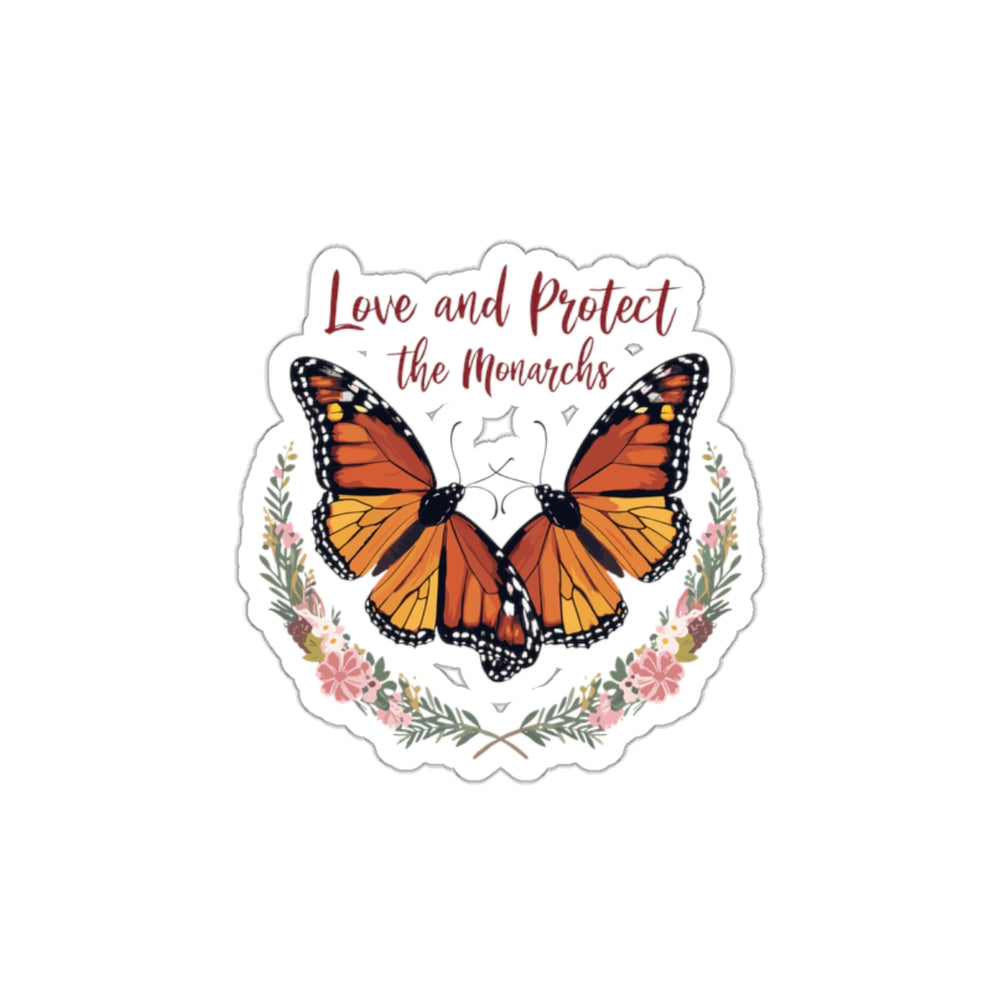
Efterlad en kommentar